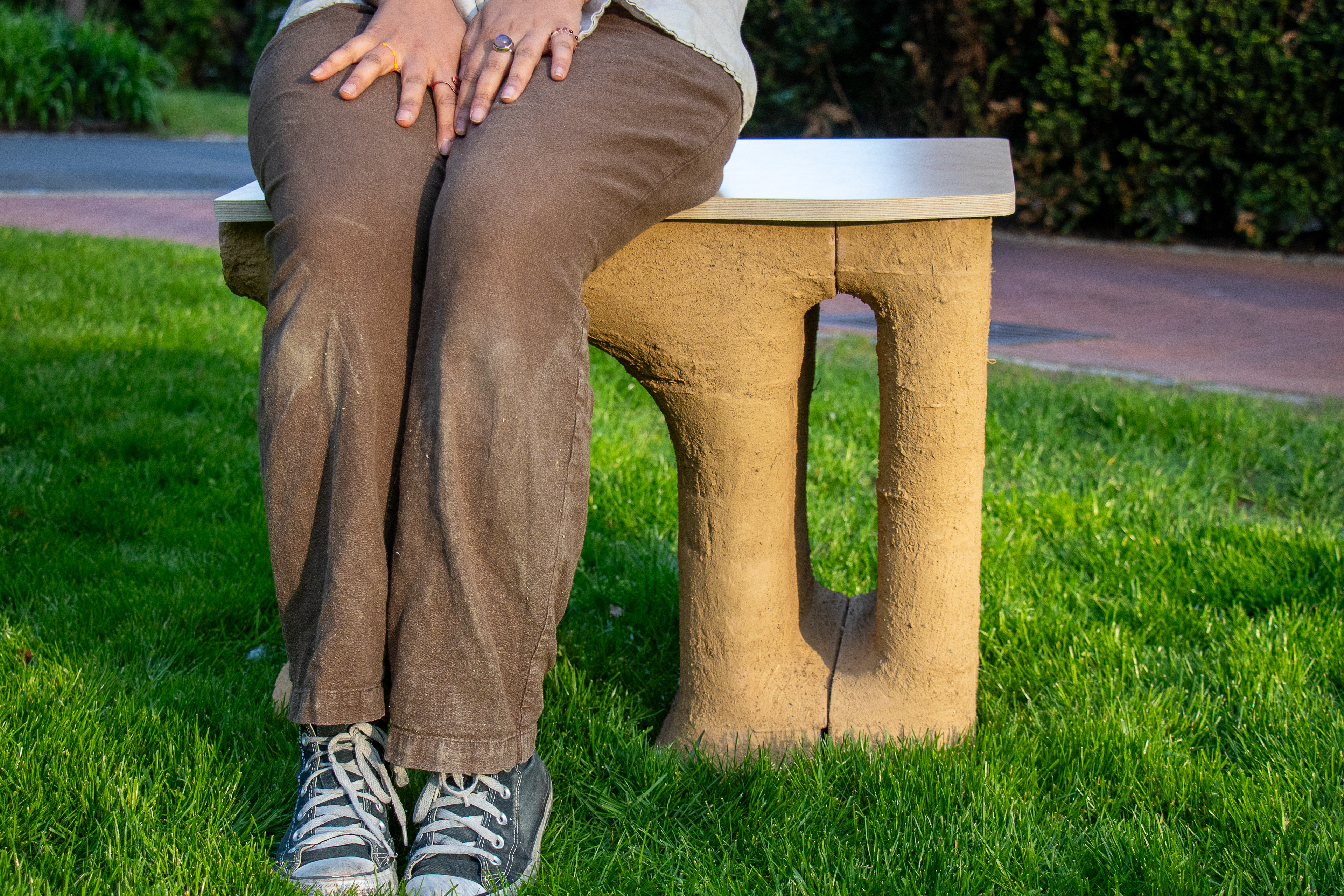M.U.D: Made Using Dirt
A modular seating unit that utilizes the thermal properties of raw-earth construction to create a publicly accessible cooling area.
Problem
About 370 people die from heat every year in New York City. This is due to the heat island effect, which is where urban areas are often hotter than their surrounding areas due to concrete coverage. As the climate warms, and NYC summers get hotter, there will be a greater need for accessible methods of
cooling.
Raw-Earth Architecture
From the mud skyscrapers in Sana’a Yemen, to adobe the cliff dwellings of the Pueblo people in the American Southwest, raw-earth has been widely used in some of the hottest climates around the world. Its properties allow it to absorb heat and passively cool surroundings, providing an opportunity for use in New York City as temperatures continue to rise.
Material Tests
Using the method of making Adobe bricks, this mixture of dirt, water, and straw was packed into rectangular molds. Two brick samples were made, one solid, and the other with voids. These bricks were tested for their thermal properties.






Evaporative Cooling
The voids in the wall of the design allow air to pass through. The moisture absorbed by the wall evaporates, thus cooling its surroundings.
Thermal Mass
Thermal mass is the capacity for a material to absorb, store, and release heat. Earth’s high thermal mass allows it to keep its surroundings a constant temperature through days and nights.


